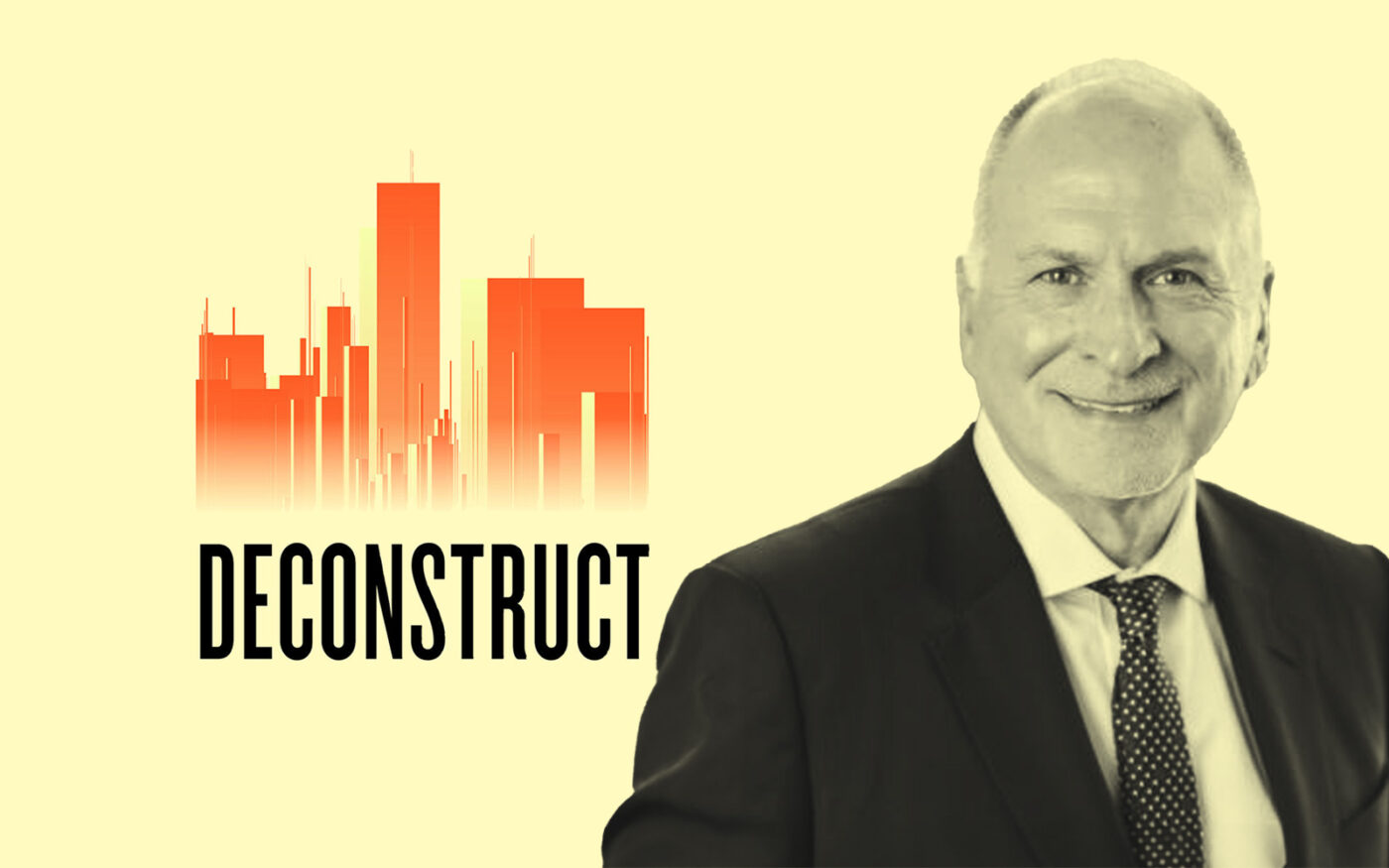Trending
 What’s going on with Ryan Serhant’s Central Park Tower penthouse listing?
What’s going on with Ryan Serhant’s Central Park Tower penthouse listing? Another woman alleges Oren Alexander raped her in New York
Another woman alleges Oren Alexander raped her in New York Spec mansion above Malibu’s Billionaire’s Beach goes for $32M
Spec mansion above Malibu’s Billionaire’s Beach goes for $32M Investors scoop up dev site near Pompano Beach casino for $29M, amid near record South Florida multifamily pipeline
Investors scoop up dev site near Pompano Beach casino for $29M, amid near record South Florida multifamily pipelineHow one construction lender has stayed active in a lending drought
“Deconstruct” podcast speaks with one of the nation’s most active construction lenders

Construction lending has dried up across much of the industry, but that leaves more room for some lenders to make bold moves.
That’s the case for Kennedy Wilson, a Los Angeles-based investor. With regional banks scaling back on financing ground-up projects, the firm has stood out as one of the few active players in the construction lending arena.
The Real Deal’s “Deconstruct” spoke with Thomas Whitesell, Kennedy Wilson’s head of debt originations, to discuss how the firm is thinking about construction lending in this environment.
“The pie has definitely gotten smaller,” Whitesell said of the current lending landscape. But that doesn’t mean there are fewer opportunities. “The number of participants in the senior construction lending space has also decreased quite a bit.”
That has allowed the firm to get picky about the kind of projects it will loan on. These days, multifamily is the favorite. “It’s the safest product out there, and there’s still a need for multifamily,” he said.
Those projects can take many different forms, from apartments and condos to student housing to built-for-rent communities.
Meanwhile, as cities across the country hail office-to-residential conversions as a solution to their housing problems, Whitesell offered a sobering perspective. He pointed out that while large floor plates and exorbitant costs make many such projects impossible, there are a select few conversion projects that make good borrowers. Kennedy Wilson recently extended a construction loan for a three-building conversion project in Alexandria, Virginia.
If lenders are wary of conversions, then offices are persona non grata. When asked whether his firm would make an office loan, Whitesell said it would take “very unusual circumstances.”
Besides looking at different product types, another thing Whitesell considers is how much limited partner money a project has raised.
“It’s tougher to get that money right now,” he said. “When you have a borrower that has that lined up, you know you have a great borrower.”
Whitesell also emphasized that construction lenders need to be ready to partner with their borrowers to work out loans that run into trouble.
“Almost every deal in construction is going to have issues,” he said. “A lender needs to be able to be flexible, work with them, modify the loan.”
A construction lender’s main goal is to see the project reach the finish line, then a borrower can either sell the property or refinance it. If a lender isn’t willing to extend a loan to help the borrower get there, then construction lending isn’t for them. In that way, real estate-focused investors have an advantage over banks, who often can’t provide that same flexibility.
“If it doesn’t get complete, we’re all in trouble,” he said.
Check out “Deconstruct” on Apple and Spotify.
